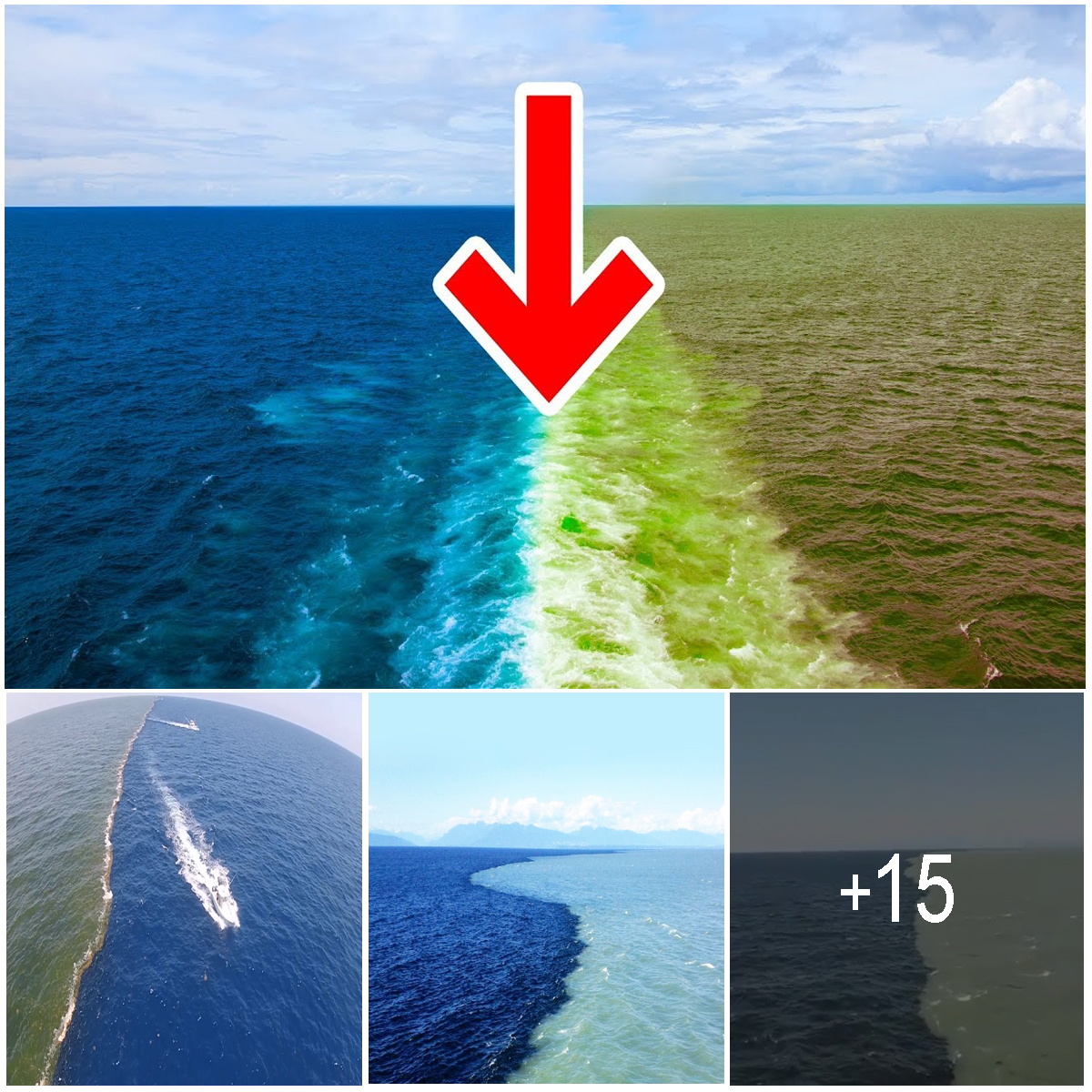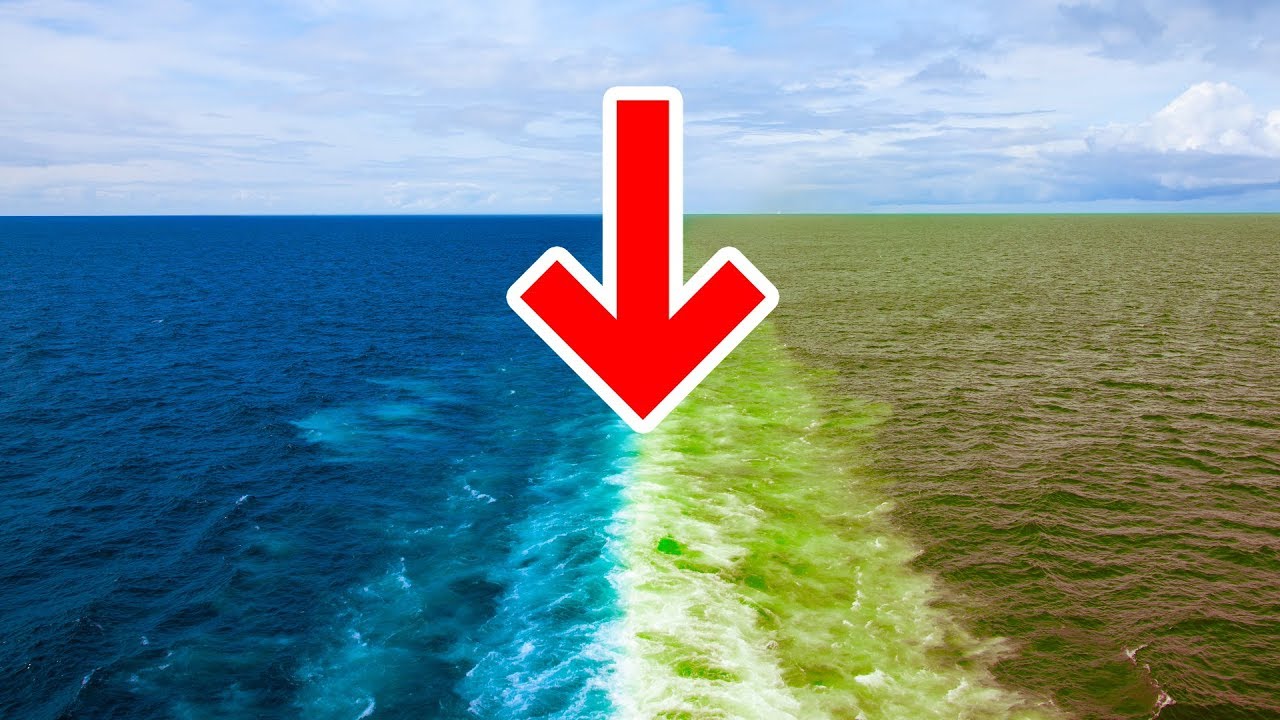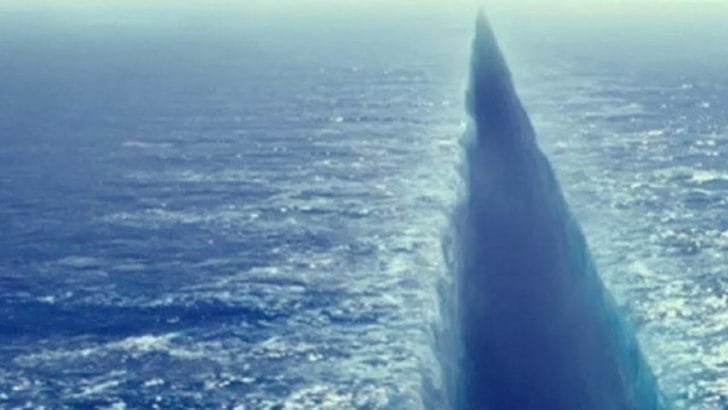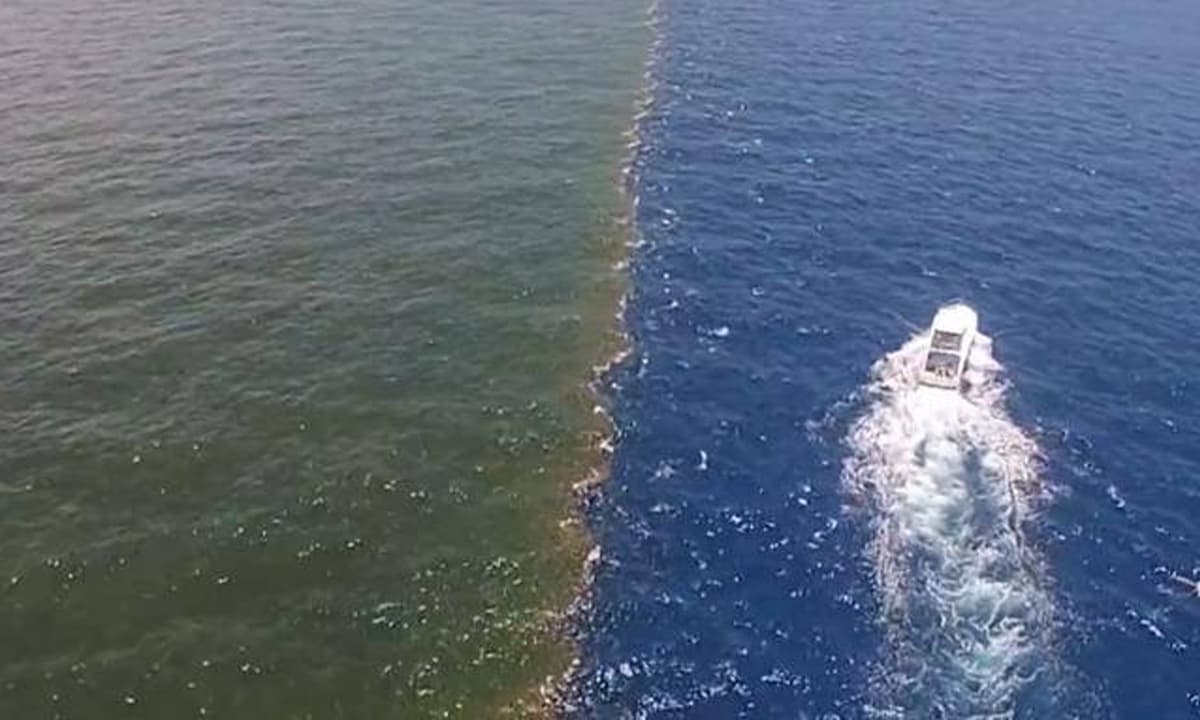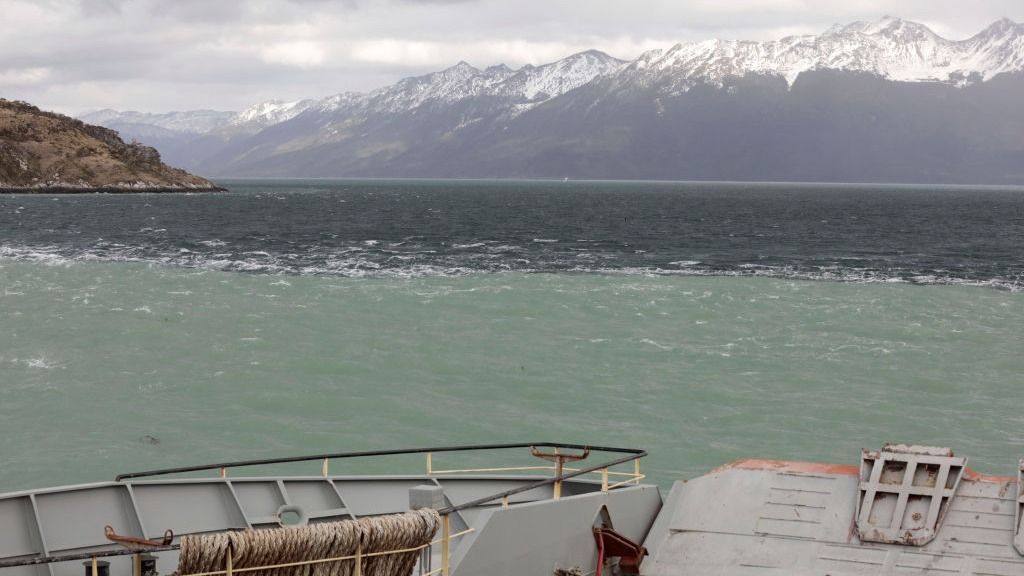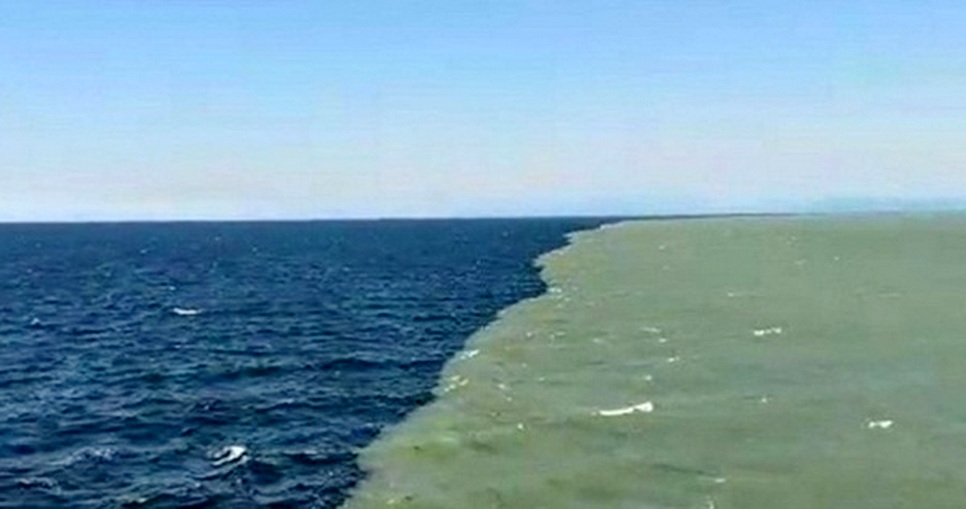Why Pacific Ocean And Atlantic Ocean Doesn T Mix
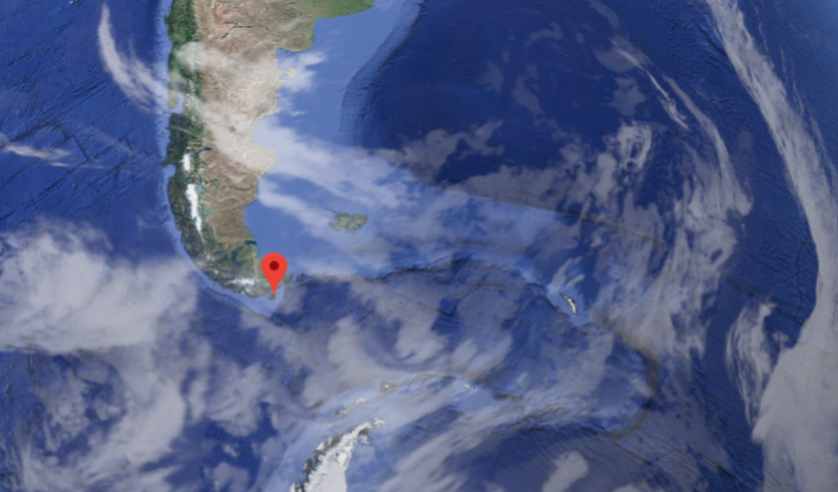
Ever seen a video of two oceans meeting? It's pretty wild, right? The Pacific Ocean and the Atlantic Ocean sometimes meet, and they don't exactly blend seamlessly.
Instead of mixing, they create this super cool, almost unbelievable line. It's like nature's own artistic divider. You can actually see where one ocean ends and the other begins.
Why is This So Mesmerizing?
First off, it just looks plain awesome! It's like a watery optical illusion. You expect things to mix, but these two giants just refuse.
The line is often visible because of different colors. One side might be a deep blue, while the other is a lighter shade of green. It makes for incredible photos and videos.
It gets even more interesting when you learn a bit more about what's happening. It's not just about color, but also about density and salinity.
The Science Behind the Spectacle
Okay, let's not get too bogged down in science. But the main thing is that the two oceans have different densities.
Density is a fancy word for how much stuff is packed into a certain space.
Think of it like oil and water. They just naturally separate. The Atlantic and Pacific have different amounts of salt and different temperatures.
Salinity, or saltiness, plays a huge role. The more salt, the denser the water. Temperature also affects density, with colder water usually being denser.
A Salty Situation
The water in each ocean has a different salt content. This affects its density, so they don't easily mix together.
The meeting point is usually a frothy, foamy area. This is because of waves crashing together and different water characteristics meeting.
It is pretty cool to see in person. Many people capture videos and images to share it online.
More Than Just a Pretty Face
Beyond the cool visual effect, this phenomenon highlights some important things about our planet. It shows how complex and dynamic ocean systems are.
Ocean currents, temperature, and salinity are all interconnected. This all play a vital role in regulating our climate.
It is a reminder that everything on Earth is connected in some way. What happens in one part of the world can affect things in another.
Where Can You See This?
While the phenomenon can occur anywhere the two oceans meet, certain locations are more known for it. One popular spot is near Cape Horn, at the southern tip of South America.
Another place is near Alaska. Here, the glacial meltwater from the Pacific meets the saltier water of the Gulf of Alaska.
Of course, seeing it in person depends on weather and ocean conditions. But with a little luck, you might witness this amazing spectacle.
Why You Should Care
Even if you don't plan on sailing the seven seas, this phenomenon is still fascinating. It's a great example of how nature can surprise and delight us.
It is a fun and accessible way to learn about oceanography. And it serves as a reminder of the power and beauty of our natural world.
Next time you see a video of the Atlantic and Pacific refusing to mix, you'll know a little more about the science behind the spectacle. And hopefully, you'll appreciate the magic of it even more!
So go ahead, search for some videos online! Prepare to be amazed by this natural wonder.
